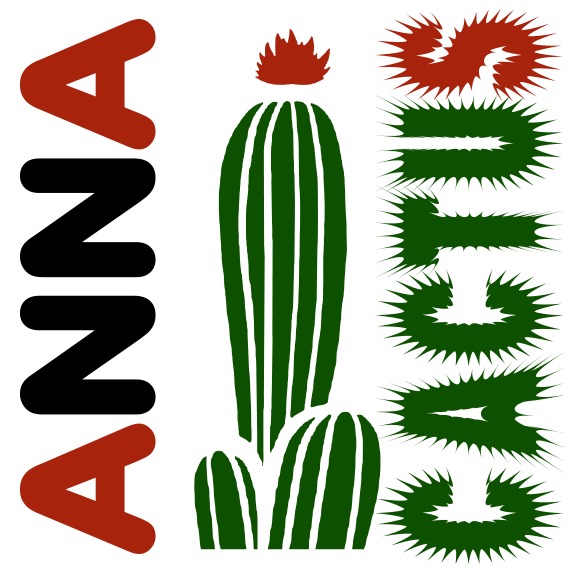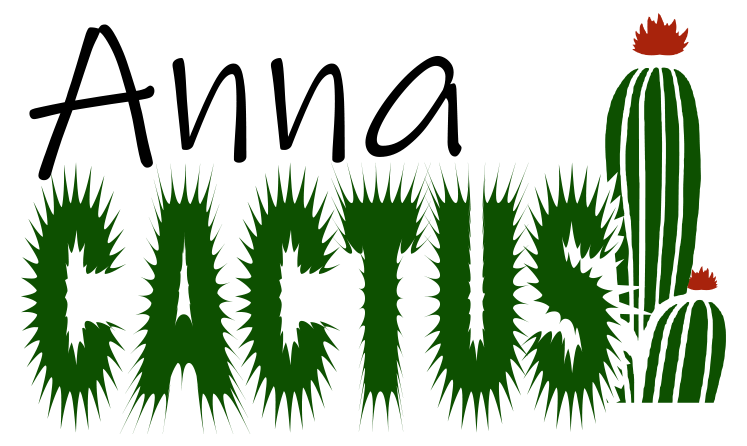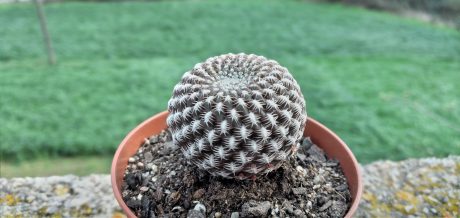Eriosyce Napina subs. Aerocarpa formerly known as Neoporteria Napina var. aerocarpa, from South America (Chile, Atacama and Huasco). It usually grows in some extremely arid areas of the Atacama Desert, in shallow quartz-covered lands. They live with Eriosyce napina ssp. Challensis, which people sometimes confuse.
It is a small, rather round, oval cactus with a black body and small spikes that grow attached to the body of the cactus. The stem is flattened, between globose and short cylindrical, brown or grey-green in color with a reddish-violet hue. It is not very large, being two to four centimeters in diameter if it is the case that it is living directly in nature, but in itself growing in cultivation, it slowly grows to over seven centimeters in height and about seven in diameter.
As I said before, it grows with the spikes attached to the body. Now is the time to say how much he has. Between six and ten radial spines of about five millimeters in length curved to the tip and between zero and two central spines thinner than the radials and these grow up to ten millimeters in length. They can be yellow-orange to dark reddish while the specimens are young and become grey as they age.
The flowers are about five centimeters in diameter, being creamy white or reddish orange with a darker midline. If you look at them in more detail, they have a silky texture and the flower tube, it is covered with brown hairs. You can have it in an area where the direct sun touches, it won’t get you much trouble. If this is not possible and you have it inside, put it under a window where it receives at least three hours of direct sun and the rest of the day it has good lighting.
Finally, irrigation must be moderate in both spring and summer, but what I do is irrigate it once a week in summer, once every fortnight in spring and if you are in a place where autumn is not very cold, you can water it once a month. In winter, stop providing water completely. What we have to take into account is the excess moisture and water at irrigation time, this can lead to roots rotting and eventually killing the cactus, so I recommend that before irrigation you make sure the land is completely dry.







Reviews
There are no reviews yet.